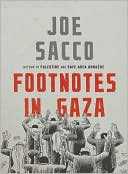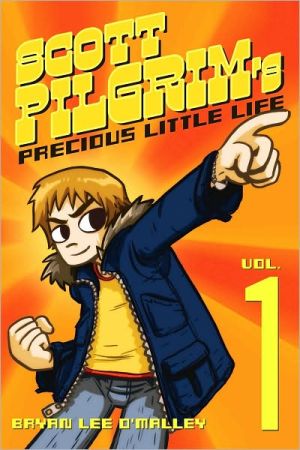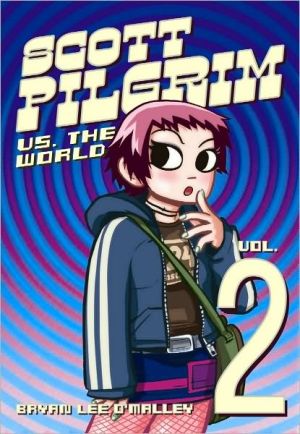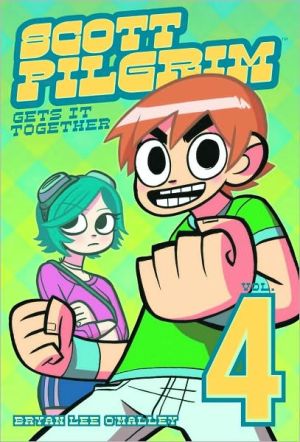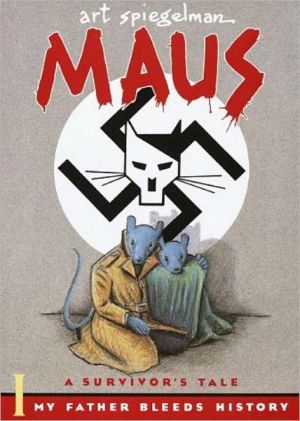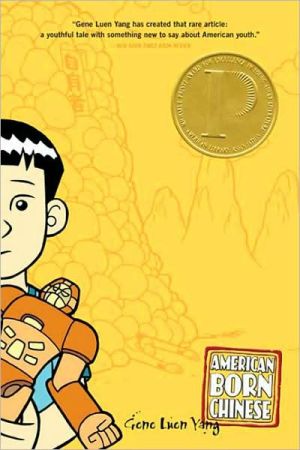Footnotes in Gaza
Search in google:
"Sacco brings the conflict down to the most human level, allowing us to imagine our way inside it, to make the desperation he discovers, in some small way, our own."—Los Angeles Times Rafah, a town at the bottommost tip of the Gaza Strip, has long been a notorious flashpoint in the bitter Middle East conflict. Buried deep in the archives is one bloody incident, in 1956, that left 111 Palestinians shot dead by Israeli soldiers. Seemingly a footnote to a long history of killing, that day in Rafah—cold-blooded massacre or dreadful mistake—reveals the competing truths that have come to define an intractable war. In a quest to get to the heart of what happened, Joe Sacco immerses himself in the daily life of Rafah and the neighboring town of Khan Younis, uncovering Gaza past and present. As in Palestine and Safe Area Goražde, his unique visual journalism renders a contested landscape in brilliant, meticulous detail. Spanning fifty years, moving fluidly between one war and the next, Footnotes in Gaza—Sacco's most ambitious work to date—transforms a critical conflict of our age into intimate and immediate experience.Publishers WeeklyHaving already established his reputation as the world's leading comics journalist, Sacco (Safe Area Gorazde) is now making a serious case to be considered one of the world's top journalists, period. His newest undertaking is a bracing quest to uncover the truth about what happened in two Gaza Strip towns in 1956, when aftershocks from the Sinai campaign may have resulted in the massacre of hundreds of Palestinian civilians by the Israeli military. Sacco first came across the stories during research in 2001 and was shocked to discover that, but for one brief mention, the incidents had never been fully investigated. The resulting book is a blow-by-blow retelling of how Sacco, on the eve of the 2003 invasion of Iraq, embedded himself in Gaza and set about interviewing every witness he could find who had been in the towns of Khan Younis and Rafah on those fateful days. Sacco's art is alternately epic and intimate, but he exceeds himself in the scope of his ambition (particularly in one sequence that shows in vivid terms how desert refugee camps from 1948 turned into the teeming slums of today). But it's his exacting and harrowing interviews that make this book an invaluable and wrenching piece of journalism. (Dec.)
